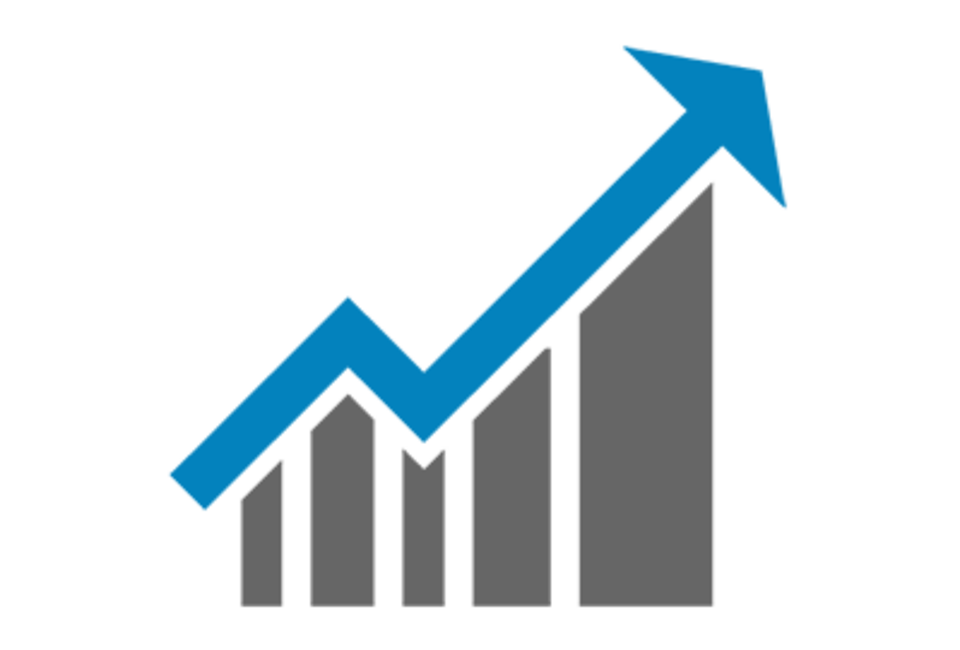Iconic brands rely on leading indicators to predict business growth. With leading indicators, businesses mitigate risks, seize opportunities and maximize seasonings. In some way, many view ‘leading indicators’ as yet another modicum of industry jargon.
Read more about Business
However, they is entirely nothing new, but something most of us use without thinking. Put simply, a leading indicator is a piece of data that points towards future events. This is contrasted with a lagging indicator, which confirms that events are already occurring. To explain this better, bestselling author Bernard Marr defined it as:
“Think of your business as a car. When you are looking out the windshield, you are looking at what’s ahead of you; those are leading indicators. Conversely, looking back at the road you just travelled, as you do in a rearview mirror, describes lagging indicators.”
Comprehending the leading indicators in your industry is therefore, fundamental to forecasting what’s coming up in your business’s future. There’s no hocus-pocus involved; it’s simply a matter of using data to predict events. That also means it isn’t foolproof. Clouds in the sky are a leading indicators that it’s going to rain, for example, but there’s no guarantee. However, when done right, the use of leading indicators can give you a significant advantage. In this article, I’ll show you how to use leading indicators to predict the future growth of your business.
- Select Your Leading Indicators
Selecting the leading indicators that you want to observe is the first step for every business. This will depend on a range of factors. You need to decide what makes the most sense for your company. For instance, if you are into sales businesses, you might want to track the number of new business meetings. Another example is if you are in the healthcare industry and you are trying to spot leading indicators you might look at risk assessment and hazard ID systems. Nevertheless, you must make sure you’re assessing the right indicators, and not accidentally looking at lagging indicators.
Sign up to the Connect Nigeria daily newsletter
- Measuring Them In Real-time
Assessing leading indicators is a difficult business process that requires real-time adjustments. For instance, a typical leading indicator for an e-commerce business site is its page load time. If your website takes a long time to load, you’ll lose visitors, which in turn will cost you revenue. To overcome the problematic leading indicator, therefore, requires a “feedback loop”. In a case where your business website loading is slow, you might want to readjust your indicator assessment. Rather than setting your indicator watch every week which might make you spot problems late, hourly is a much better option, giving you time to react to any issues promptly.
- Understanding Success And Failure
How do you know if your predictions came true? The major idea behind observing leading indicators is that you are using the information to make decisions that can affect your business. There’s no point employing leading indicators if you’re not looking at the results, and this is where lagging indicators become extremely important. To proceed with the above illustration, if you manage to keep your page load time low, does that result in more website visitors and more sales? You might prefer to revamp those lagging indicators into something more measurable. For instance, how do you measure customer experience? HubSpot recommends surveying customers to create a net promoter score, providing you with a numerical set of data you can utilize.
Finally
Always keep in mind that no leading indicator is 100% accurate. If your leading indicators foresee success but it didn’t turn out to be so, you might have to look at other factors to see what else has affected your performance.
Featured image source: Clarify.fm
Got a suggestion? Contact us: [email protected]


